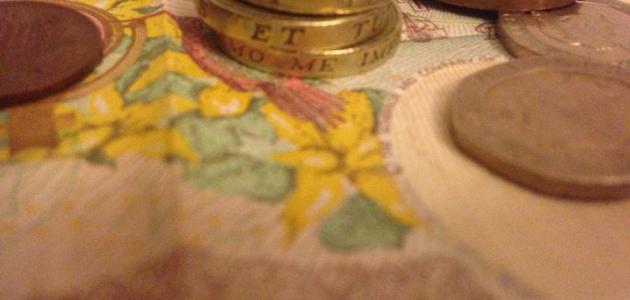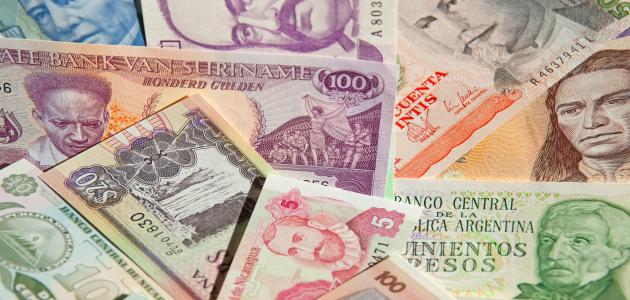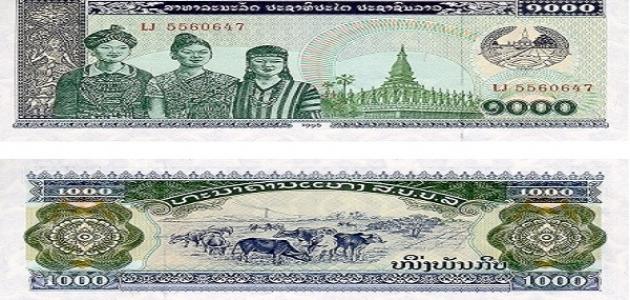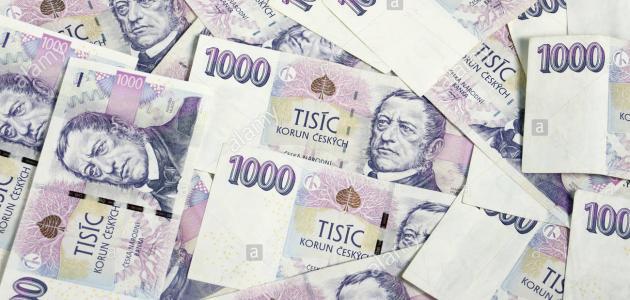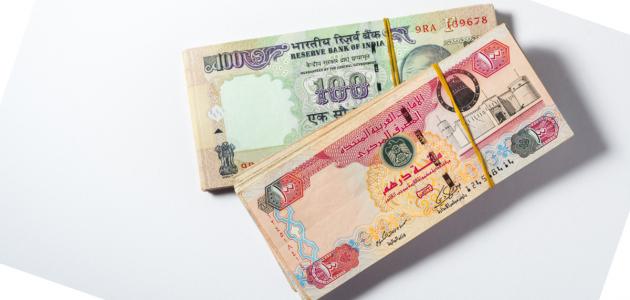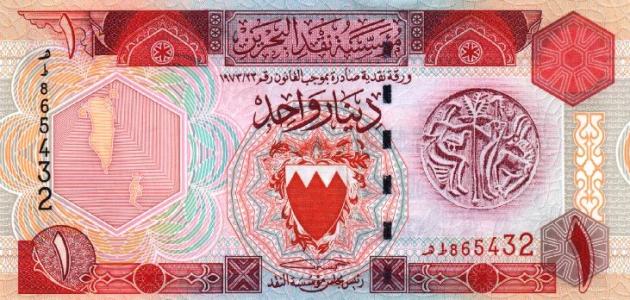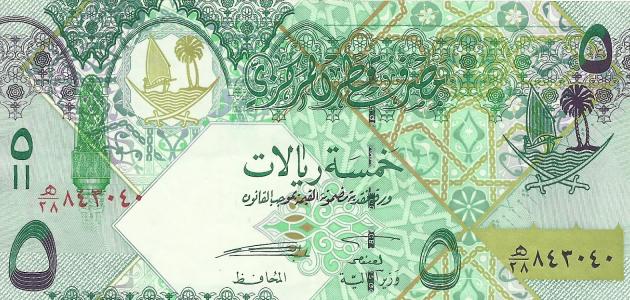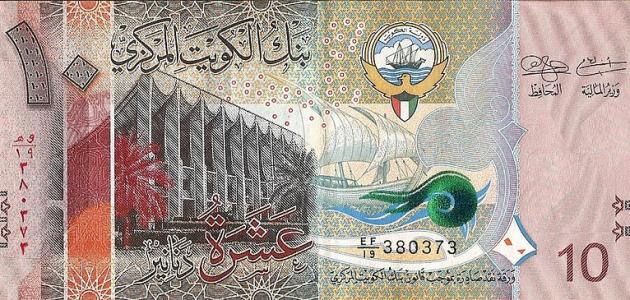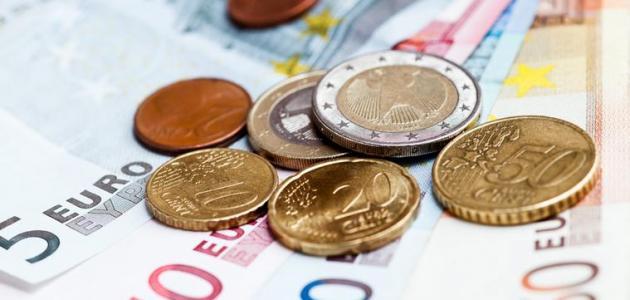Britain
Britain or the United Kingdom is a country that forms the union of Scotland, England, Wales, and Northern Ireland, and Britain is distinguished for having an important and influential military, economic, and political force in the world, and the city of London is its official capital, and Britain is located on the northwest coastal region of the continent of Europe, and its history goes back The establishment of the United Kingdom dates back to 1707 AD when a union took place between Scotland and Britain.
British pound sterling
The pound sterling is the official currency of Britain (United Kingdom), and it is known by the letters (GBP), and each pound is equal to 100 pence and is symbolized by the symbol (£). Below is information about the types of coins and banknotes in Britain:
coins
Several forms of coins were issued from the pound sterling, which are:
- penny: It is a currency used by Britain in 1971 AD with two new currencies, which are the halfpenny and the penny.
- two pence: It is a currency used by Britain in 1971 AD with two new currencies, which are the halfpenny and the penny.
- fivepence: It is a currency used by Britain since 1971 AD in conjunction with the use of the shilling currency.
- Tenpence: It is a currency used in Britain after the formation of two shillings.
- twenty pence: It is a currency issued after the emergence of the need in the late seventies of the twentieth century AD to change currencies, so it was proposed to issue a twenty-pence coin; In order to reduce the number of tenpence coins.
- fifty pence: It is a currency that was introduced in 1969 AD and later joined both the 10 pence and 5 pence currencies.
- fairy: It is a currency whose readiness for issuance was declared in 1981 AD and issued in 1983 AD.
- Two pounds: It is a currency whose issuance depended on the emergence of a need for it in currency trading operations.
- Five pounds: It is a currency issued in 1990 AD with the aim of raising the face value of the five pounds; In order to obtain an integral value with the size and weight of the group of currencies to which it belongs.
banknotes
Since the introduction of pound sterling paper in Britain, many copies of it have been issued for circulation, and the following is information about each of the years of issuance of old banknotes and their withdrawal from circulation, and new and circulating banknotes:
Read also:British currency- old banknote issues of the pound sterling, Which:
- Paper pound: It was issued in 1978 AD and ceased its circulation in 1988 AD.
- 5 pound notes, and included the following issues:
- The first issue: It was in 1971 AD and ceased to be circulated in 1991 AD.
- The second issue: It was in the year 1990 AD and ceased to be circulated in the year 2003 AD
- The third issue: It was in the year 2002 AD, and its circulation stopped in the year 2017 AD.
- 10 pounds, and included the following issues:
- The first issue: It was in 1975 AD and ceased to be circulated in 1994 AD.
- The second issue: It was in the year 1992 AD and ceased its circulation in the year 2003 AD.
- 20 pounds, and included the following publications:
- The first issue: It was in 1970 AD and ceased to be circulated in 1993 AD.
- The second issue: It was in the year 1991 AD and ceased its circulation in the year 2001 AD.
- The third issue: It was in the year 1999 AD, and its circulation stopped in the year 2010 AD.
- 50 pounds, and included the following issues:
- The first issue: It was in 1981 AD and ceased to be circulated in 1996 AD.
- The second issue: It was in the year 1994 AD and ceased its circulation in the year 2014 AD.
- Issues of new and circulating banknotes of the pound sterling, Which:
- 5 pounds: It was issued in 2016.
- 10 pounds: The current version of it was issued in the year 2000 AD, and a new issue will be issued on September 14 of 2017 AD.
- 20 pounds: The current version of it was issued in 2007 AD, and a new version will be issued in 2020 AD.
- 50 pounds: It was issued in 2011.
History of the pound sterling in Britain
The beginning of the emergence of the pound sterling dates back to the year 775 AD; Where the Saxon kingdoms relied on the circulation of currencies known as sterlings made of silver, and a pound of silver is used in the process of making every 240 pieces of money that were called pennies, and in 1971 AD one pound sterling was equal to 240 pence, but when the Central Bank of England approved The decimal system made each pound equal to 100 pence, and in the eighteenth century AD, banknotes were printed from the pound sterling.
Read also:What is the currency of Austria?The military and economic development in Britain contributed to supporting the pound sterling to reach advanced ranks among international monetary currencies, and it also participated in an important role in the global monetary system during the nineteenth century AD; As many countries relied on paying the value of the products received to them using the pound sterling, and the institutions and banks in these countries were interested in implementing their financial operations; Through its banks located in Britain; With the aim of reducing the risks affecting the transportation of precious metals by land and sea.
Britain's reliance on the pound sterling to finance its participation in the First World War led to a decline and weakness in its international financial situation, as this resulted in an increase in the current account deficit of the balance of payments and the state's general budget deficit, so Britain issued a large group of financial bonds with the aim of filling the deficit affecting its financial sector The monetary policy of Britain during the war period also led to an increase in the inflation rate, which prevented the exchange rate of the pound sterling from being fixed. This led to a decline in its purchasing power.
Read also:What is the currency of Austria?Britain faced many problems that affected its industrial sector, in conjunction with the development of the economic sectors of both the United States of America and Germany, and Britain relied on resolving the crisis in which it affected its government’s endeavor to build a monetary policy that issued a law amending the gold standard, and it was Approval of this law by the British House of Commons in 1931 AD, and as a result, the ability of the pound sterling to convert into gold stopped.
